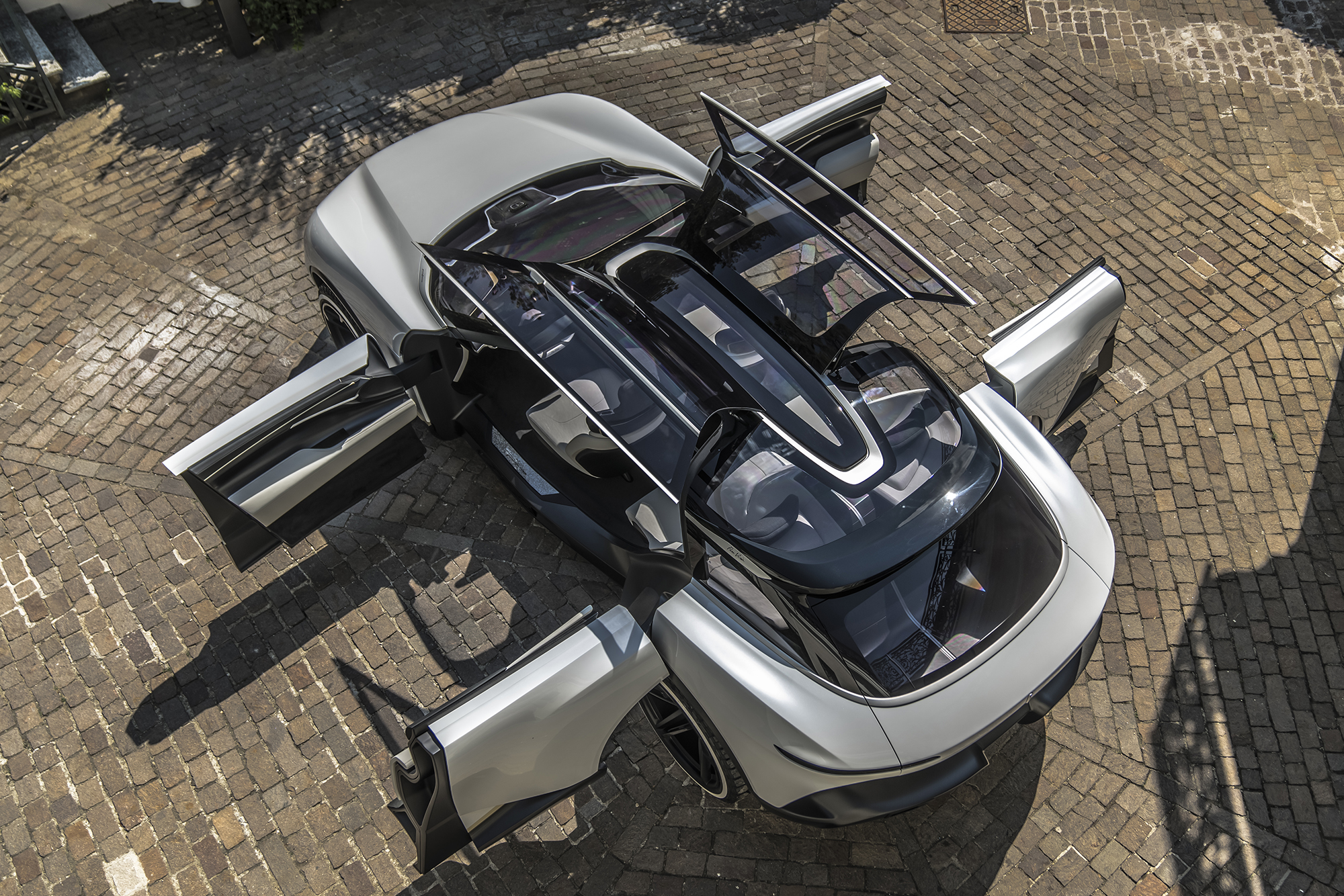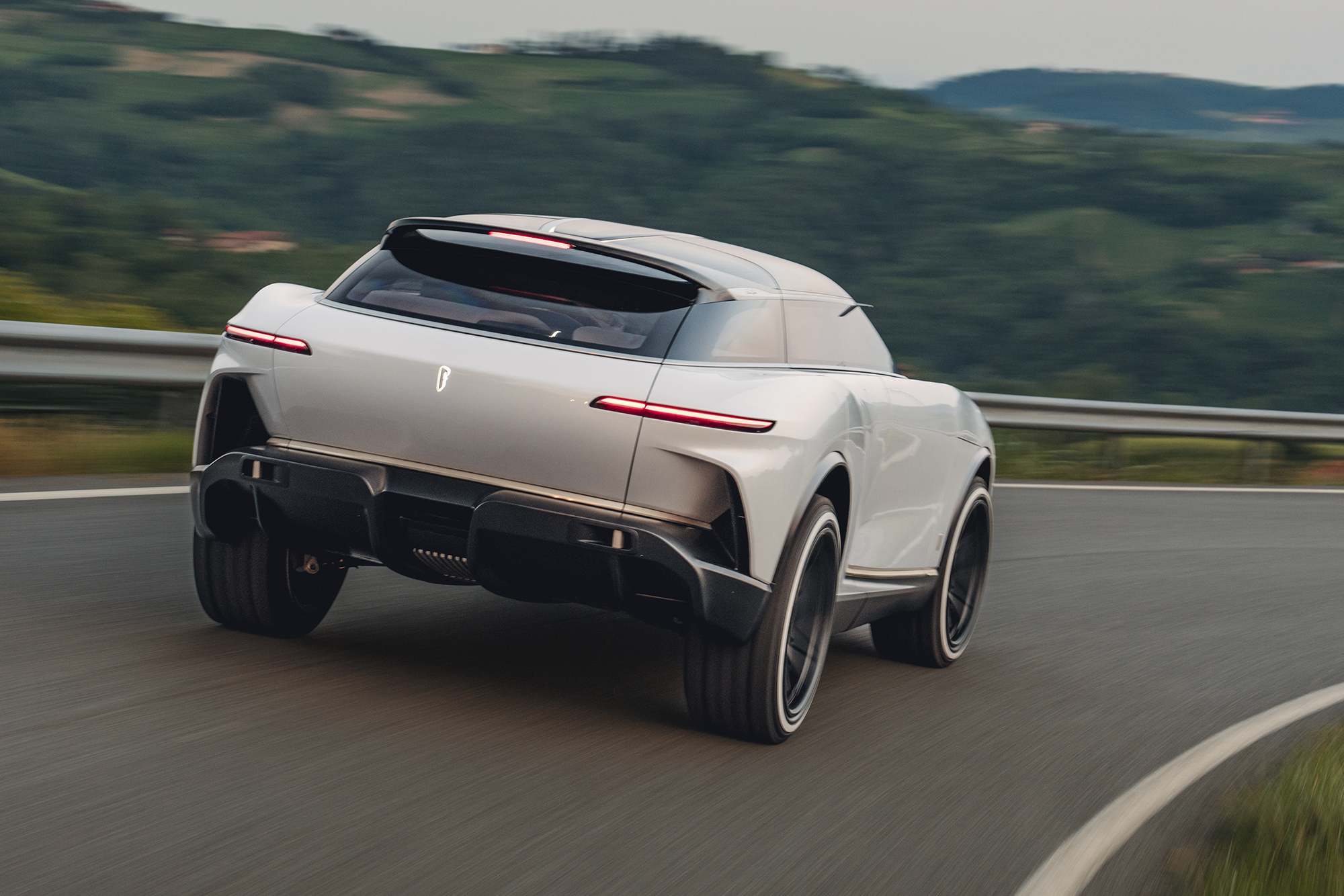7 New EV Concepts Pushing The Envelope
Electric cars are the new frontier. The best is yet to come, as these seven new EV concepts all prove. Each one pushes the envelope, whether it’s Pininfarina’s beautiful, impossible-to-categorize vehicle, Mercedes’ sultry gullwing vision, Caterham’s ultralight electric sports car, or NSU’s retro-future sub-compact. (The latter was built by just a handful of students, so we can only imagine how incredible this thing could be if the whole company got behind it.) Perhaps the only common thread here is that none of these concept burn fossil fuels, and all of them have got us excited about cars again.
Automobili Pininfarina Pura Vision EV Concept
Any time a new car wearing a Pininfarina badge comes along, we’ll stop and take notice. This is, after all, the same Italian design house that penned some of history’s most beautiful cars for the likes of Ferrari, Alfa Romeo, Lancia, Rolls-Royce and others. The new Pura Vision EV concept is a look at how Pininfarina Automobili might follow up its first in-house car, the ballistic Battista. The Pura is an “electric Luxury Utility Vehicle (e-LUV)” said to inspire the firm’s next-generation vehicles. “Much more important than simply a concept previewing one forthcoming vehicle, PURA Vision presents a sharp, modern design philosophy inspired by the rich heritage of Pininfarina and defining an unmistakable recipe for a collection of beautiful new luxury cars,” said Paolo Dellachà, CEO of Automobili Pininfarina. The concept will makes its public debut at Monterey Car Week this summer.
Caterham Project V



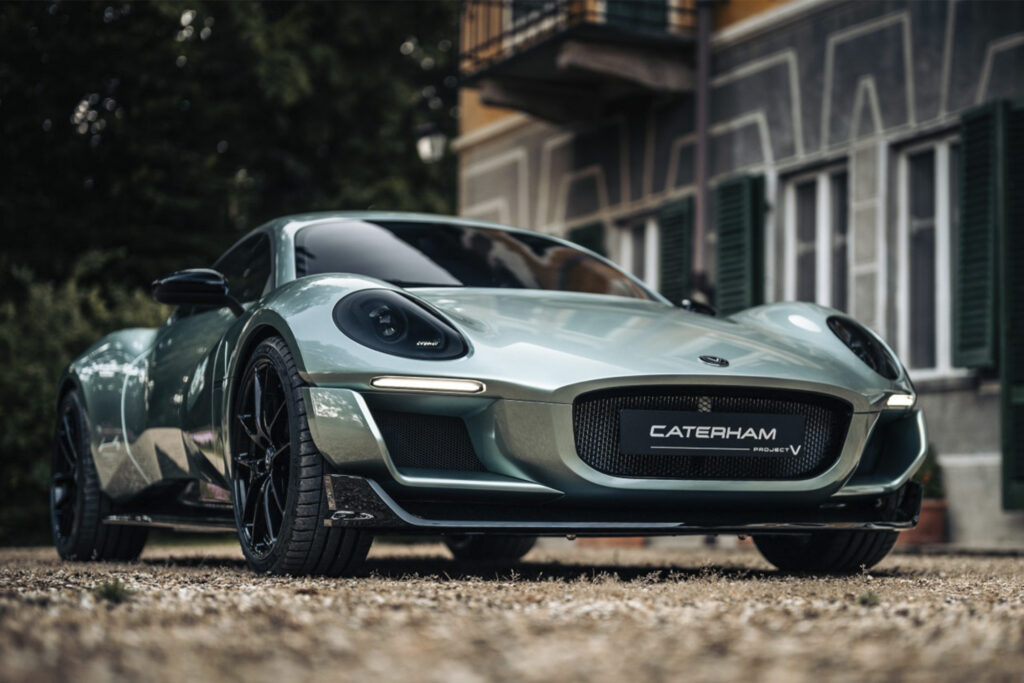
Believe it or not, this is actually the first totally new car Caterham has launched since its founding in 1959. Until now, the little company named after Caterham Hill in Surrey, England, has been producing variations on the Lotus Super 7, all beloved by enthusiasts. At the recent Goodwood Festival of Speed, however, the company debuted Project V. It’s a compact all-electric sports car, which differs from every previous Caterham by having 1) a roof, 2) covered wheels, and 3) no gas engine. “An electric Caterham of any shape and size has to stay true to what sets us apart from everyone else: being lightweight, simple and offering an unparalleled driving experience; that’s our DNA,” said Bob Laishley, CEO of Caterham Cars. Project V is slated for production in 2025 or 2026.
Fisker Ronin GT
Fisker recently downgraded its annual production estimate for this year to 20,000 – 23,000 units. Nevertheless, this EV upstart has grand ambitions, as evidenced by the fact the firm showed off no less than three all-new electric vehicles at an event in August. On paper at least, the Ronin GT Convertible seems like a bit of a moonshot: 1,000 horsepower, nearly 1,000 km of driving range, five seats, folding hardtop, and a price of US$385,000. (And yes, the Ronin is named as a homage to the John Frankenheimer film of the same name, a film which features the best car chase of all time.) We’re still waiting for the new Tesla Roadster, but let’s hope Fisker can actually deliver.
Ineos Grenadier Hydrogen Demonstrator



Okay, okay, this Grenadier is not an EV exactly, but it is powered by electric motors. The difference here is that power doesn’t originate in a big battery, but in a hydrogen fuel cell. If you’re not familiar with Ineos and its ultra-rugged Grenadier SUV, you really should be. The version coming to Canada early next year is powered by a fuel-burning BMW straight-six, but — unsurprisingly for a car company spun off from a petrochemical conglomerate — Ineos is looking into hydrogen power too. This working prototype is powered by a BMW fuel cell, and is said to be just as capable off-road as the gas-guzzling Grenadier. There are no plans for production, at least not yet.
NSU Prinz e-tron

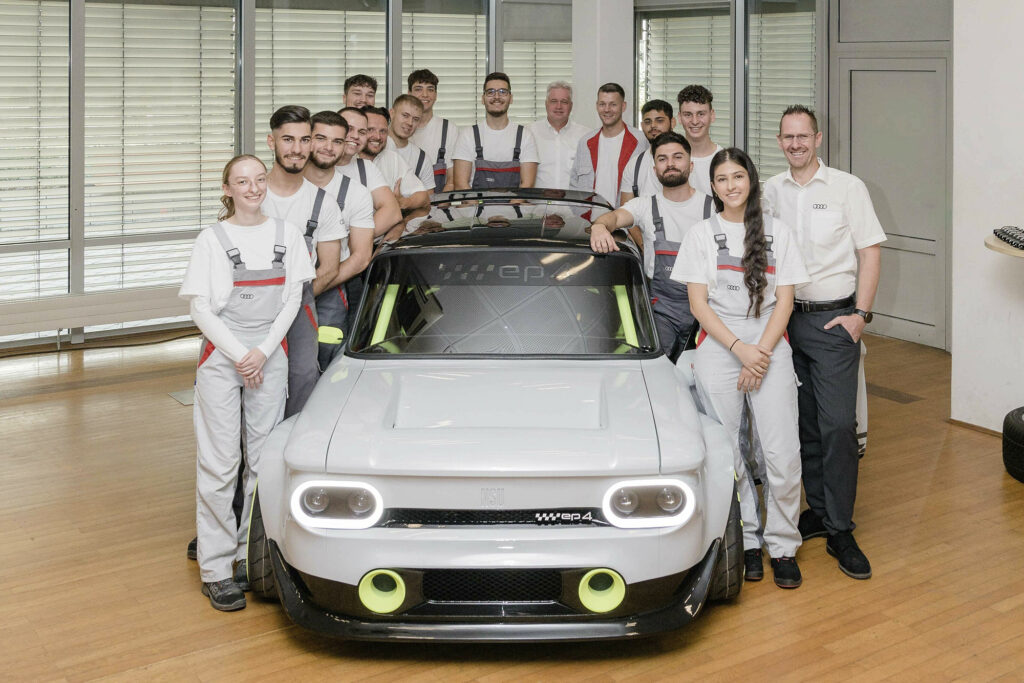

You may not have heard of NSU, but the brand’s 150th anniversary was this year. To celebrate, a group of trainees at Audi’s Neckarsulm plant turned a 1971 NSU Prinz 4 into the retro-future electric monster you see here. (Long before the German company NSU was swallowed up by VW Group and merged with Auto Union to create Audi, its most beloved car was this, the NSU Prinz.) At the car’s rear, where a two-cylinder gasoline engine once resided, is a 240 hp electric motor from an Audi e-tron. The battery sits up front, under the hood. The Signal Yellow roll cage and Recaro racing buckets are clues as to its racing intent, but we’d love to see Audi bring something like this to the street-legal market. The trainees deserve an A+. We don’t know about you, but this is far more impressive than any project we did as students.
Porsche Vision 357 Speedster
The Porsche Vision 357 Speedster was unveiled this summer at Goodwood’s Festival of Speed. The concept is an all-electric reimagining of the classic Porsche 356 designed by Ferry Porsche in the late 1940s. We’ve got a full story on the stunning new Speedster, which includes some good news for fans who want to see something like this in showrooms soon.
Mercedes-Benz Vision One-Eleven
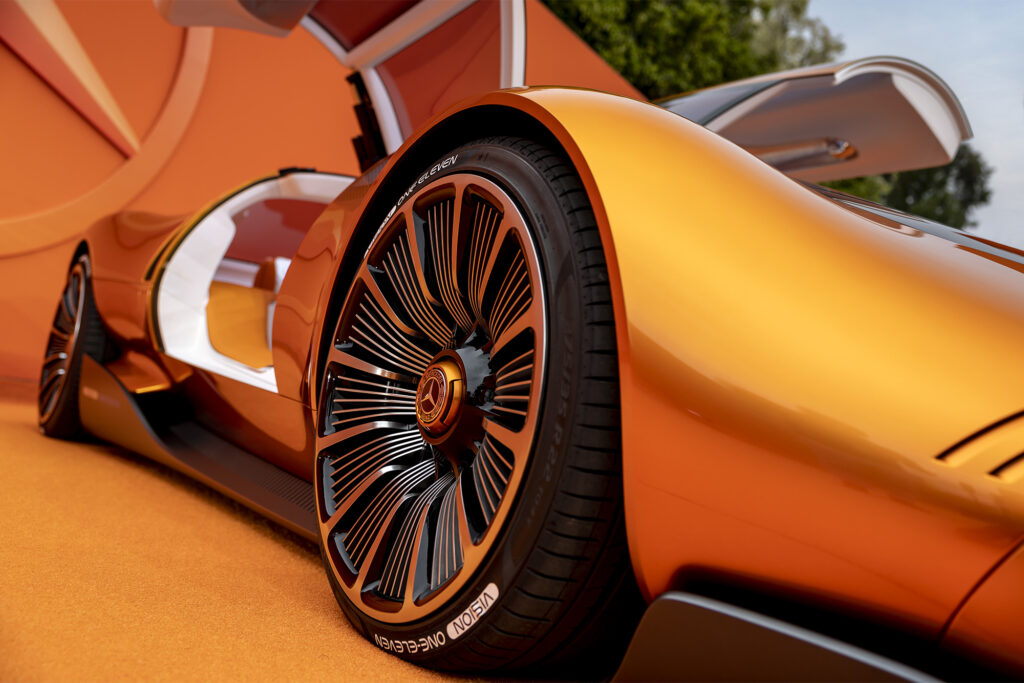


This new Vision concept from Mercedes’ advanced design studio in California might just be the most imaginative battery-powered car we’ve seen all year. It’s a concept in the truest sense, an envelope pushing idea meant to shape the future of the company, as Gorden Wagener, Mercedes’ chief designer officer told us. The gullwing’d wonder offers a respite from practical concerns and aims to spark excitement, imagination, wonder — you know, like all good concept cars used to do. It’s yet more proof that Merc’s design studios are on a hot streak right now. See also: these three new cars, and this one, and especially this thing.



